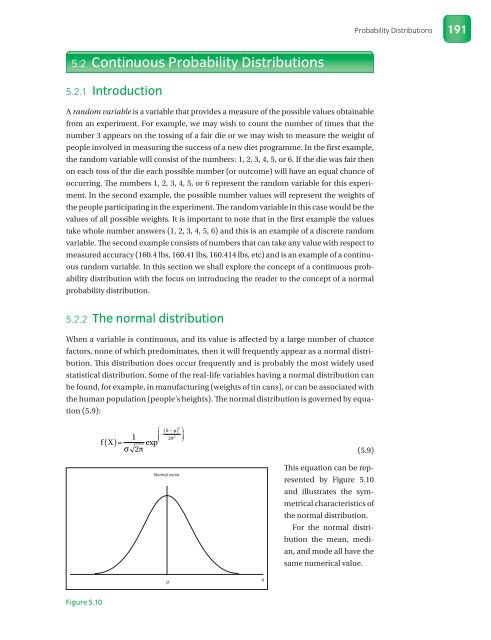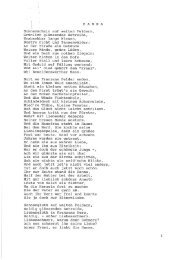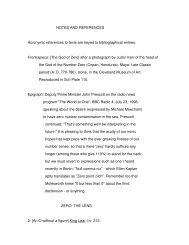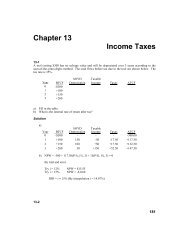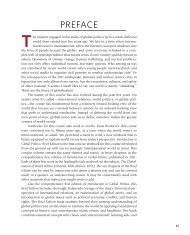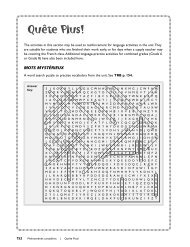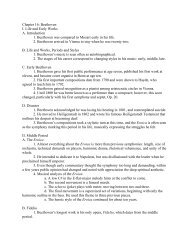Probability Distributions - Oxford University Press
Probability Distributions - Oxford University Press
Probability Distributions - Oxford University Press
You also want an ePaper? Increase the reach of your titles
YUMPU automatically turns print PDFs into web optimized ePapers that Google loves.
5.2 Continuous <strong>Probability</strong> <strong>Distributions</strong><br />
5.2.1 Introduction<br />
A random variable is a variable that provides a measure of the possible values obtainable<br />
from an experiment. For example, we may wish to count the number of times that the<br />
number 3 appears on the tossing of a fair die or we may wish to measure the weight of<br />
people involved in measuring the success of a new diet programme. In the frst example,<br />
the random variable will consist of the numbers: 1, 2, 3, 4, 5, or 6. If the die was fair then<br />
on each toss of the die each possible number (or outcome) will have an equal chance of<br />
occurring. The numbers 1, 2, 3, 4, 5, or 6 represent the random variable for this experiment.<br />
In the second example, the possible number values will represent the weights of<br />
the people participating in the experiment. The random variable in this case would be the<br />
values of all possible weights. It is important to note that in the frst example the values<br />
take whole number answers (1, 2, 3, 4, 5, 6) and this is an example of a discrete random<br />
variable. The second example consists of numbers that can take any value with respect to<br />
measured accuracy (160.4 lbs, 160.41 lbs, 160.414 lbs, etc) and is an example of a continuous<br />
random variable. In this section we shall explore the concept of a continuous probability<br />
distribution with the focus on introducing the reader to the concept of a normal<br />
probability distribution.<br />
5.2.2 The normal distribution<br />
When a variable is continuous, and its value is affected by a large number of chance<br />
factors, none of which predominates, then it will frequently appear as a normal distribution.<br />
This distribution does occur frequently and is probably the most widely used<br />
statistical distribution. Some of the reallife variables having a normal distribution can<br />
be found, for example, in manufacturing (weights of tin cans), or can be associated with<br />
the human population (people’s heights). The normal distribution is governed by equation<br />
(5.9):<br />
Figure 5.10<br />
1<br />
f X<br />
2π exp<br />
( )<br />
( ) =<br />
σ<br />
⎛<br />
2<br />
X − µ ⎞<br />
⎜ − ⎟<br />
2<br />
⎝<br />
⎜ 2σ<br />
⎠<br />
⎟<br />
Normal curve<br />
µ<br />
X<br />
<strong>Probability</strong> <strong>Distributions</strong><br />
(5.9)<br />
This equation can be represented<br />
by Figure 5.10<br />
and illustrates the symmetrical<br />
characteristics of<br />
the normal distribution.<br />
For the normal distribution<br />
the mean, median,<br />
and mode all have the<br />
same numerical value.<br />
191


